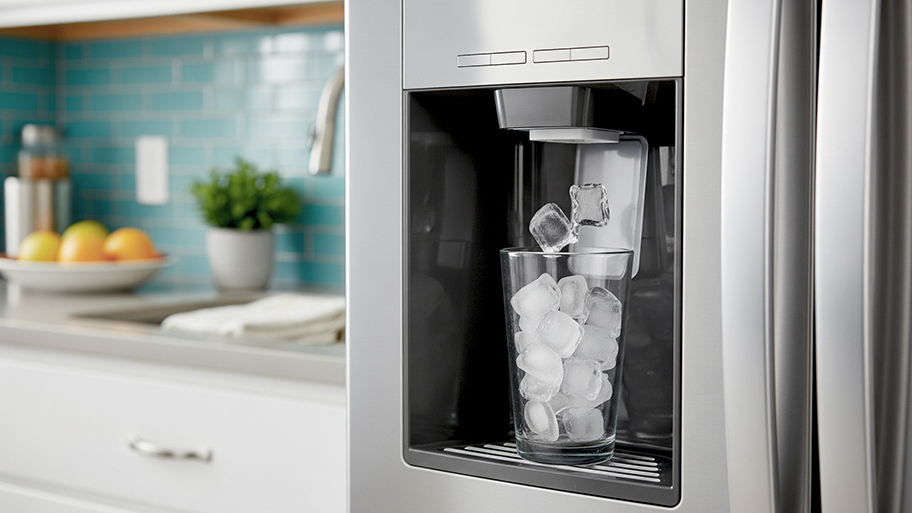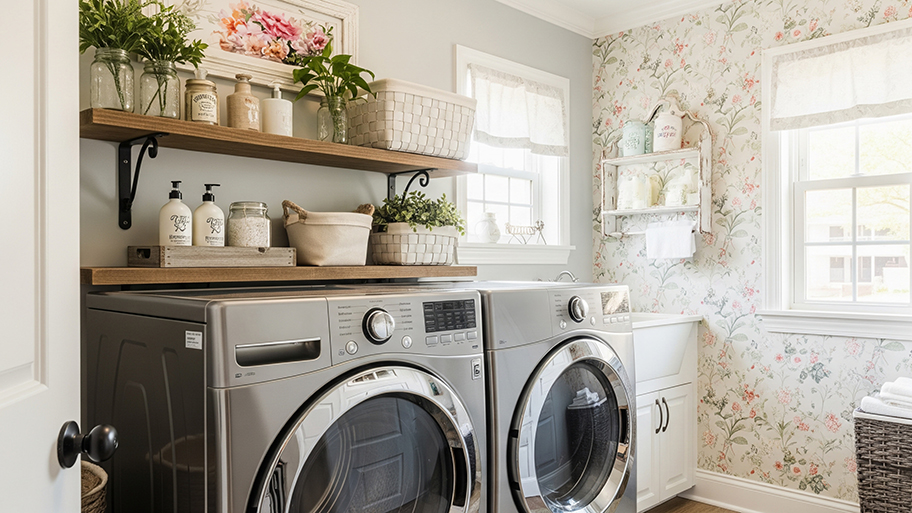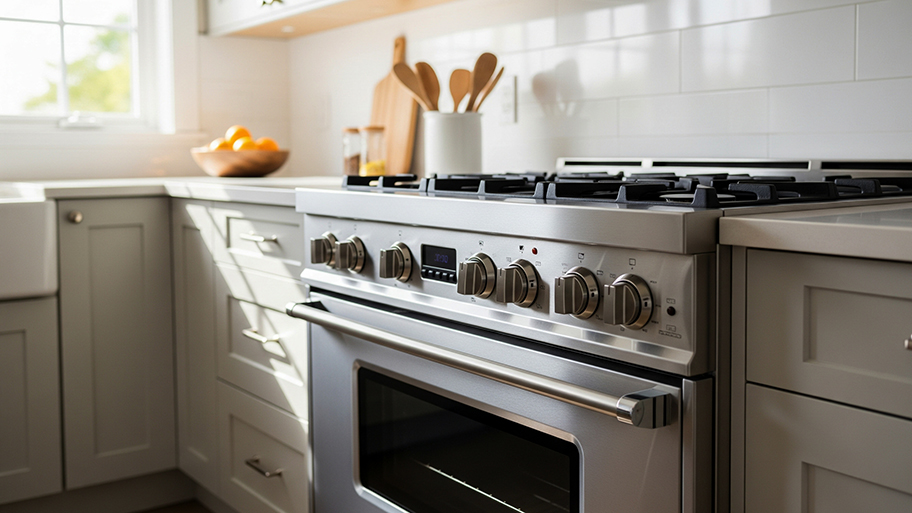
The cost to install a wall oven depends on several factors, including the type and size of the oven. Get our full wall oven installation cost breakdown.
Mark this important home-heating info in your log


Wood stoves are 80% efficient, whereas fireplaces are 25% efficient (or even less).
You’ll need wood and kindling materials, like paper and matches, to use a wood stove.
A wood stove’s damper or baffle can help build a stronger fire.
Combustion gases exit through the exhaust pipe, which you should hire a pro to clean annually.
Efficient catalytic stoves need a new catalytic combustor after 12,000 hours of use.
A wood-burning stove is an alternative to a fireplace that can provide warmth to a single room or an entire house. Historically, people would use a wood-burning stove to not only heat their homes but to cook food, too. Whether you have a vintage cast iron model or a new, efficient model, you’ve probably wondered how a wood-burning stove works at one point. Here’s everything you need to know.

There are many wood stove parts that work together to ignite the wood, fuel an ongoing flame, and ventilate any combustion gases produced in the unit. Knowing how a wood-burning stove works can help you use yours more efficiently.
When considering a wood-burning stove versus a fireplace, both options use wood for fuel. However, a wood stove can be around 80% efficient at heating a home, while a fireplace is about 25% efficient. Why? With a wood stove, the fire is contained inside the unit’s firebox, and there are many parts designed to burn the wood more effectively.
With a wood stove, you can add wood into the firebox, then open the model’s baffle or damper to let in oxygen to help spark a flame. Add in kindling, like old newspapers, and then use a match or other source of flame to light the kindling. After waiting a few minutes, the wood stove should have a good fire starting, after which you can close the firebox door.
The fire is blazing in the wood-burning stove, but what happens to all that smoke? In the past, many people worried whether wood stoves were bad for their health, but modern wood-burning stoves are designed to produce less pollution. They burn more efficiently, and any remaining combustion gases are directed toward the exhaust pipe at the back of the stove.
After you’ve ignited the flame and let the fire build for about 20 minutes, you can partially close the baffle or damper to avoid building up a more volatile flame. From there, you can use the wood stove’s air vent control, located near the top or bottom of the wood stove, to adjust the heat to your liking.
Some newer models also include a blower fan, which helps push the heat generated by the wood stove across the room. This is especially useful if you have a larger room to heat.

Wood stoves require regular maintenance, including cleanings and inspections, to burn cleanly, efficiently, and safely. You should clean out ash in the fire box and ash pan, if your wood-burning stove has one, a few times a week or before each new burn. You can give the firebox a more thorough cleaning once per month.
At least once per year, hire a local wood stove company to inspect and thoroughly clean your wood-burning stove, especially the exhaust pipe. If the exhaust pipe becomes too clogged up with soot and other combustion residue, it can not only become a fire hazard, but it may also cause combustion gases, like carbon monoxide, to release into your home.
If you have a catalytic (as opposed to a non-catalytic) wood stove, the catalytic combustor, which is shaped like a honeycomb, needs to be replaced after 12,000 hours of use.
From average costs to expert advice, get all the answers you need to get your job done.

The cost to install a wall oven depends on several factors, including the type and size of the oven. Get our full wall oven installation cost breakdown.

Discover the average ice maker repair cost, key price factors, and tips to save. Learn how to budget for your ice maker repair and when to repair or replace.

The cost to relocate washer and dryer hookups varies based on location, as well as whether your moving the appliances and adding new hookups. We’ve compiled a full price breakdown here.

Understand the top reasons why your oven smells like gas, the severity of the issue, and how to address the causes before calling a pro.

If your fridge is not cold but the freezer is, you can use these troubleshooting tips to find and address the issue, possibly without paying for repairs.

If you’re interested in alternative heating options, you need to see our pellet stove pros and cons. Get the right heater for your home.